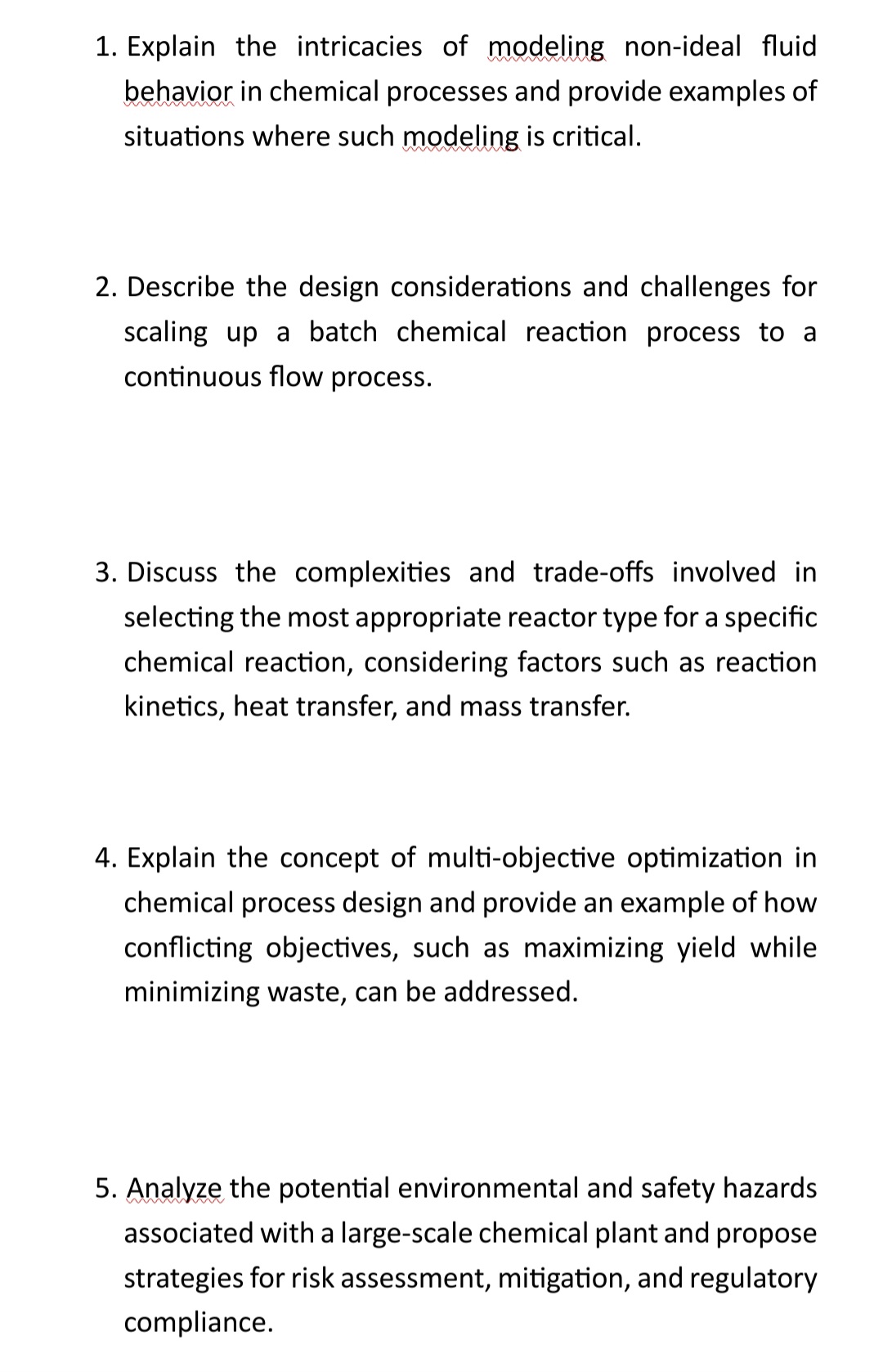Yield Maintenance : Maximizing Returns with Expert Strategies
Yield Maintenance is a financial penalty charged to borrowers who want to pay off their loans before the maturity date. This penalty is usually calculated based on the difference between the interest rate on the loan and the prevailing interest rate at the time of early repayment.
It is a way for lenders to recover their lost interest payments due to early loan prepayment. Yield Maintenance can significantly impact the overall cost of prepaying a loan, and borrowers should carefully consider this factor before deciding to pay off their loan ahead of schedule.

Credit: www.gemini.com
What Is Yield Maintenance?
In the world of commercial real estate financing, yield maintenance is a term that often comes up when discussing prepayment penalties. But what exactly is yield maintenance? Yield maintenance is a stipulation in a loan agreement that requires the borrower to make a prepayment penalty based on the calculated present value of the remaining interest income to the lender.
Definition
Yield maintenance, in simple terms, is a form of prepayment penalty that compensates the lender for the loss of future interest income when a borrower pays off a loan before its maturity date. Unlike other forms of prepayment penalties, such as defeasance or loan assumption fees, yield maintenance ensures the lender receives the full yield they would have earned over the agreed loan term.
Importance
Understanding the importance of yield maintenance is crucial for borrowers and lenders alike. For lenders, yield maintenance protects them from the loss of future interest income, which is an essential part of their investment strategy. By including this provision in loan agreements, lenders are able to minimize the financial impact of early loan repayments.
On the other hand, borrowers should consider the potential impact of yield maintenance when planning the terms of their loan agreement. By understanding the costs associated with early repayment, borrowers can make informed decisions and weigh the benefits of paying off a loan early against the financial penalties.
| Borrowers | Lenders |
|---|---|
|
|
By adhering to yield maintenance terms, borrowers can have the flexibility to prepay their loan while also potentially benefiting from savings on interest expenses. Meanwhile, lenders gain confidence in their investments, knowing that the full yield on their loan will be achieved, thus minimizing potential income loss.
In conclusion, yield maintenance is an essential aspect of commercial real estate financing, providing protection for lenders and consideration for borrowers. It ensures that both parties are aware of the financial implications of early loan repayment and encourages transparency and informed decision-making throughout the loan process.
Factors Affecting Yield Maintenance
Factors affecting yield maintenance include interest rates, prepayment penalties, loan duration, and market conditions. These variables can influence the financial repercussions for borrowers who decide to pay off or refinance their loans before their maturity dates. It is crucial to consider these factors meticulously to ensure a thorough understanding of the potential costs involved.
Factors Affecting Yield Maintenance When it comes to understanding yield maintenance, it’s essential to be aware of the various factors that can influence it. These factors play a significant role in determining the level of yield maintenance and can have an impact on the overall profitability of an investment. In this section, we will explore three crucial factors that affect yield maintenance: interest rates, loan terms, and prepayment penalties.Interest Rates
Interest rates are a critical factor in determining yield maintenance costs. When interest rates are low, borrowers may be more inclined to refinance their loans, leading to prepayments. This can have an adverse effect on the lender’s profitability as the expected interest income is lost. Conversely, when interest rates rise, borrowers are less likely to refinance, reducing the risk of prepayment and increasing the lender’s yield maintenance income.Loan Terms
Loan terms, such as the length of the loan and the type of interest rate (fixed or adjustable), can also impact yield maintenance. Generally, longer loan terms result in higher yield maintenance costs for borrowers. This is because longer loan durations provide more opportunities for borrowers to prepay their loans. Furthermore, adjustable-rate loans carry a degree of uncertainty as changes in interest rates can affect the borrower’s decision to refinance, thereby impacting yield maintenance.Prepayment Penalties
Prepayment penalties are charges imposed on borrowers who choose to pay off their loans before the agreed-upon term. These penalties act as a deterrent for prepayment and help lenders recoup some of the lost interest income. The magnitude of prepayment penalties can vary based on several factors, including loan type, interest rate, and loan duration. To summarize, interest rates, loan terms, and prepayment penalties are key factors that influence yield maintenance. Understanding these factors can provide valuable insights into the costs and risks associated with yield maintenance. By closely monitoring these factors, investors and lenders can make informed decisions to maximize their profitability in the ever-changing real estate market.Yield Maintenance Vs. Defeasance
When it comes to commercial mortgage prepayment options, two popular methods are Yield Maintenance and Defeasance. These options allow borrowers to pay off their loans before the maturity date. Let’s explore the differences, pros, and cons of these two methods.
Yield Maintenance and Defeasance have distinct differences in terms of their calculation methods and financial implications.
Yield Maintenance is a prepayment penalty that protects the lender’s expected yield or interest income from the loan. This method calculates the prepayment penalty based on the net present value (NPV) of the remaining loan payments. The key point to note is that the penalty is intended to ensure the lender receives the same yield as if the borrower had not prepaid the loan.
Defeasance, on the other hand, is a process of substituting the collateral of the loan with a portfolio of government securities. It entails transferring the cash flows from these securities to the lender to ensure the same yield is maintained. The present value of these future cash flows, typically in the form of Treasury bonds, acts as the collateral substitute.
|
Calculates prepayment penalty based on NPV of remaining payments |
Substitutes collateral with a portfolio of government securities |
|
Maintains the same yield through future cash flows of government securities |
Both Yield Maintenance and Defeasance have their own advantages and disadvantages that borrowers need to consider.
Yield Maintenance Pros:
- Provides certainty of the prepayment penalty amount, as it is based on a predetermined formula
- Allows for flexibility in refinancing options since it does not require the substitution of collateral
Yield Maintenance Cons:
- The prepayment penalty can be substantial, especially in a low-interest-rate environment
- Restricts borrowers from benefiting fully from lower interest rates by refinancing
Defeasance Pros:
- Allows borrowers to take advantage of lower interest rates by refinancing without incurring a significant penalty
- Provides an alternative to prepaying the loan by substituting the collateral
Defeasance Cons:
- Requires upfront costs, including administrative fees and investment advisory fees, for creating the government securities portfolio
- May involve a more complex and time-consuming process compared to Yield Maintenance
Expert Strategies For Maximizing Yield Maintenance
Learn expert strategies to maximize yield maintenance for optimal results. Discover effective techniques that can boost your yields and improve overall profitability.
Yield maintenance is a vital aspect of real estate financing, ensuring investors and lenders can protect their expected returns even when borrowers prepay their loans. To maximize yield maintenance, it’s crucial to employ expert strategies that help optimize prepayment penalties. In this blog post, we will explore three effective techniques: negotiating loan terms, understanding market conditions, and optimizing prepayment penalties.
Negotiating Loan Terms
When it comes to maximizing yield maintenance, negotiating favorable loan terms with borrowers is paramount. By carefully crafting loan agreements, investors can create prepayment provisions that align with their long-term investment goals. Here are a few key strategies:
- Configure prepayment penalties: Implementing tiered prepayment penalties that decrease over time can incentivize borrowers to keep their loans until a certain period. This strategy allows investors to benefit from stable yields during the critical initial years of a loan.
- Include yield maintenance premiums: Adding yield maintenance premiums can provide an extra layer of protection for investors. This premium serves as a safeguard against interest rate fluctuations and compensates for any potential losses incurred due to early loan repayment.
- Flexibility in loan terms: Consider offering flexible loan terms, such as longer lock-in periods or adjustable-rate mortgages. Offering these options can attract borrowers who prefer more control and allow investors to secure higher yields over an extended period.
Understanding Market Conditions
An astute understanding of market conditions is essential when maximizing yield maintenance. Being aware of both the current and projected economic landscape can help investors anticipate potential challenges or opportunities. Here are some steps to take:
- Monitor interest rate trends: Keeping a close eye on interest rate movements allows investors to gauge the likelihood of prepayments. This information is crucial in optimizing prepayment penalties and adjusting loan terms accordingly.
- Assess real estate market stability: Analyzing the stability of the real estate market helps identify potential risks associated with prepayments. Understanding local market dynamics and assessing economic indicators can assist in developing strategies that maximize yield maintenance.
- Evaluate borrower profiles: Conducting thorough due diligence on borrowers’ financial standing, market reputation, and investment track record can help predict their propensity to prepay. This evaluation allows investors to set loan terms that align with the borrowers’ financial capability and future plans.
Optimizing Prepayment Penalty
Optimizing the prepayment penalty itself is a fundamental strategy for maximizing yield maintenance. By fine-tuning the penalty structure, investors can influence borrower decisions, ensuring loan terms are adhered to as intended. Here are some approaches to consider:
- Provide clear interest calculations: Clearly outlining how interest is calculated within the prepayment penalty helps borrowers understand the financial impact of early loan repayment. This transparency encourages informed decision-making and reduces the chances of unexpected prepayments.
- Consider partial prepayment options: Allowing borrowers the flexibility to make partial prepayments without triggering the entire prepayment penalty can be a win-win situation for both parties. This approach helps investors maintain steady cash flows while granting borrowers the option to reduce their loan principal.
- Regularly review prepayment policies: Market conditions may change over time, impacting the effectiveness of existing prepayment policies. Conducting regular reviews and updating penalties to align with evolving market dynamics ensures yield maintenance strategies remain optimized.
Case Studies: Successful Yield Maintenance Strategies
Yield maintenance is a crucial strategy that real estate investors and corporate entities employ to effectively manage their investments and ensure maximum profitability. Through careful analysis and planning, successful yield maintenance strategies have been implemented, leading to impressive results and positive outcomes.
Real Estate Investment Example
In the case of real estate investments, yield maintenance strategies have proven to be highly successful. Let’s consider an example of a real estate investor who owns a multifamily property and wants to refinance the existing loan to take advantage of lower interest rates.
- The investor decides to implement a yield maintenance strategy to protect the original investment and optimize the overall return.
- By doing so, the investor ensures that a prepayment penalty will be applied if the loan is refinanced or paid off before a certain period.
- The yield maintenance provision is carefully crafted to compensate the lender for the lost interest income, resulting from the early repayment of the loan.
- This strategy not only protects the lender’s interests but also benefits the investor by enabling them to secure more favorable refinancing terms.
Corporate Financing Example
Yield maintenance strategies are not limited to real estate investments. They can also be effectively applied in the context of corporate financing. Let’s explore a corporate financing example to illustrate this point.
- Imagine a corporation that issued bonds with a fixed interest rate to raise capital for strategic projects.
- As the company experiences significant growth and enhances its financial position, it decides to refinance its existing bonds to benefit from lower market interest rates.
- To ensure the smooth implementation of this refinancing, the corporation incorporates a yield maintenance provision in the terms of the original bond issuance.
- This provision serves as a safeguard, imposing a prepayment penalty on the corporation if the bonds are redeemed or repurchased before a certain period.
- By including this provision, the company protects bondholders’ interests and ensures that they receive the promised yield for the agreed-upon time period.
These case studies highlight the effectiveness of yield maintenance strategies in both real estate and corporate financing scenarios. By carefully considering and implementing these strategies, investors and corporations can mitigate risks, optimize returns, and ensure sustainable growth in their respective ventures.

Credit: www.chegg.com

Credit: m.facebook.com
Frequently Asked Questions On Yield Maintenance
What Is Yield Maintenance?
Yield maintenance is a prepayment penalty on a commercial mortgage used to compensate lenders for lost interest payments. It is typically based on the difference between the original interest rate and the current market rate for a similar loan.
How Does Yield Maintenance Work?
When a borrower wants to prepay their commercial mortgage, yield maintenance ensures that the lender is compensated for the remaining interest payments that would have been received if the loan had continued as planned. This penalty is calculated using a formula provided in the loan agreement.
Why Do Lenders Use Yield Maintenance?
Lenders use yield maintenance to protect their investment and ensure they receive the expected return on the loan. It compensates them for the lost interest that they would have earned if the borrower had not prepaid the mortgage.
How Is Yield Maintenance Calculated?
The calculation of yield maintenance varies depending on the terms of the loan agreement, but it generally involves determining the difference between the loan’s original interest rate and the current market rate. This difference is then applied to the remaining term of the loan to calculate the prepayment penalty.
Conclusion
Yield maintenance is a crucial concept in the world of finance and real estate. By understanding how it works and its benefits, investors and borrowers can make informed decisions to minimize potential risks and maximize returns. With its ability to protect lenders from prepayment losses and ensure stability in loan portfolios, yield maintenance is a valuable tool in the ever-changing financial landscape.
Incorporating this strategy into your investment plans can be a smart move that leads to long-term success.
{ “@context”: “https://schema.org”, “@type”: “FAQPage”, “mainEntity”: [ { “@type”: “Question”, “name”: “What is yield maintenance?”, “acceptedAnswer”: { “@type”: “Answer”, “text”: “Yield maintenance is a prepayment penalty on a commercial mortgage used to compensate lenders for lost interest payments. It is typically based on the difference between the original interest rate and the current market rate for a similar loan.” } } , { “@type”: “Question”, “name”: “How does yield maintenance work?”, “acceptedAnswer”: { “@type”: “Answer”, “text”: “When a borrower wants to prepay their commercial mortgage, yield maintenance ensures that the lender is compensated for the remaining interest payments that would have been received if the loan had continued as planned. This penalty is calculated using a formula provided in the loan agreement.” } } , { “@type”: “Question”, “name”: “Why do lenders use yield maintenance?”, “acceptedAnswer”: { “@type”: “Answer”, “text”: “Lenders use yield maintenance to protect their investment and ensure they receive the expected return on the loan. It compensates them for the lost interest that they would have earned if the borrower had not prepaid the mortgage.” } } , { “@type”: “Question”, “name”: “How is yield maintenance calculated?”, “acceptedAnswer”: { “@type”: “Answer”, “text”: “The calculation of yield maintenance varies depending on the terms of the loan agreement, but it generally involves determining the difference between the loan’s original interest rate and the current market rate. This difference is then applied to the remaining term of the loan to calculate the prepayment penalty.” } } ] }




